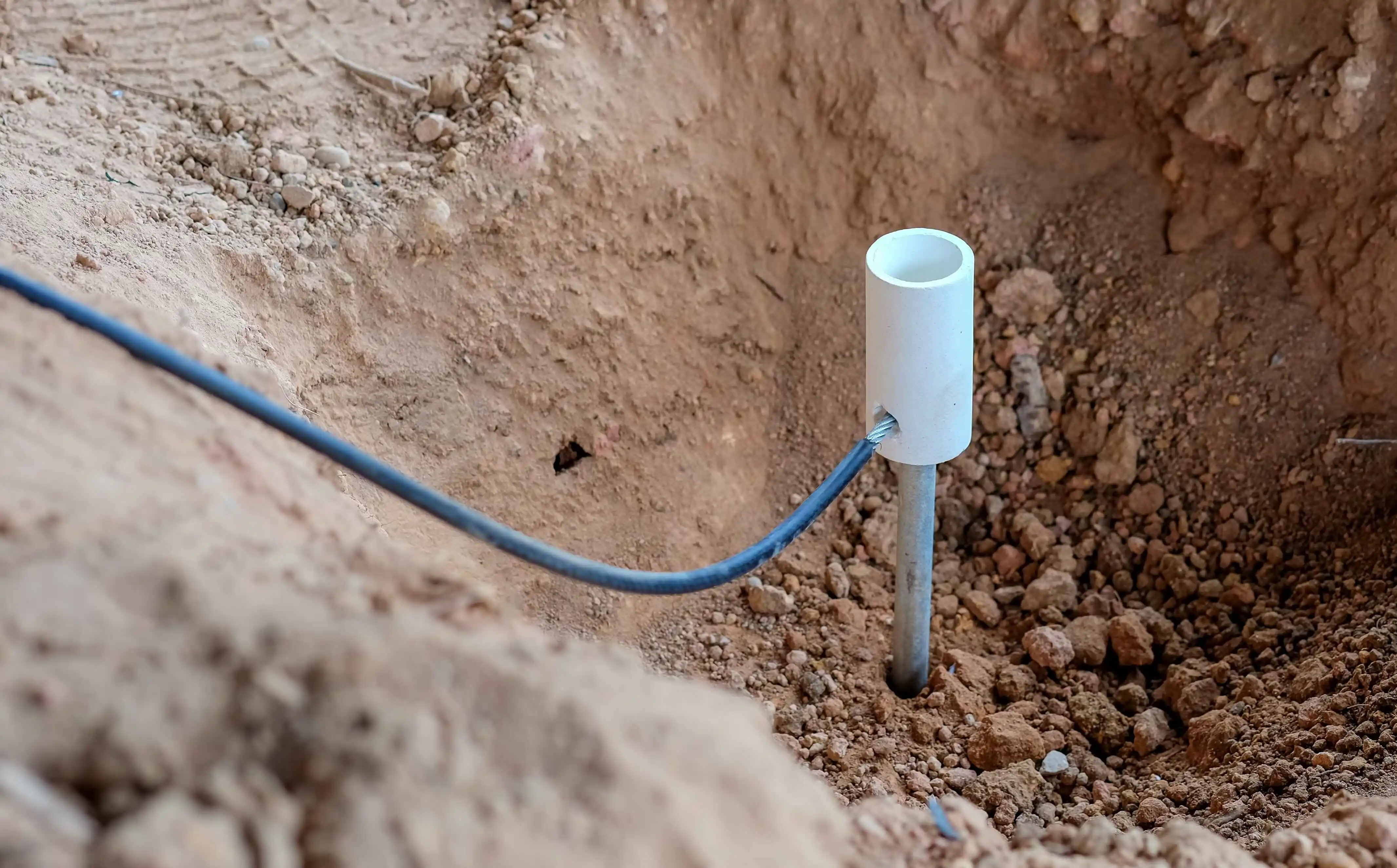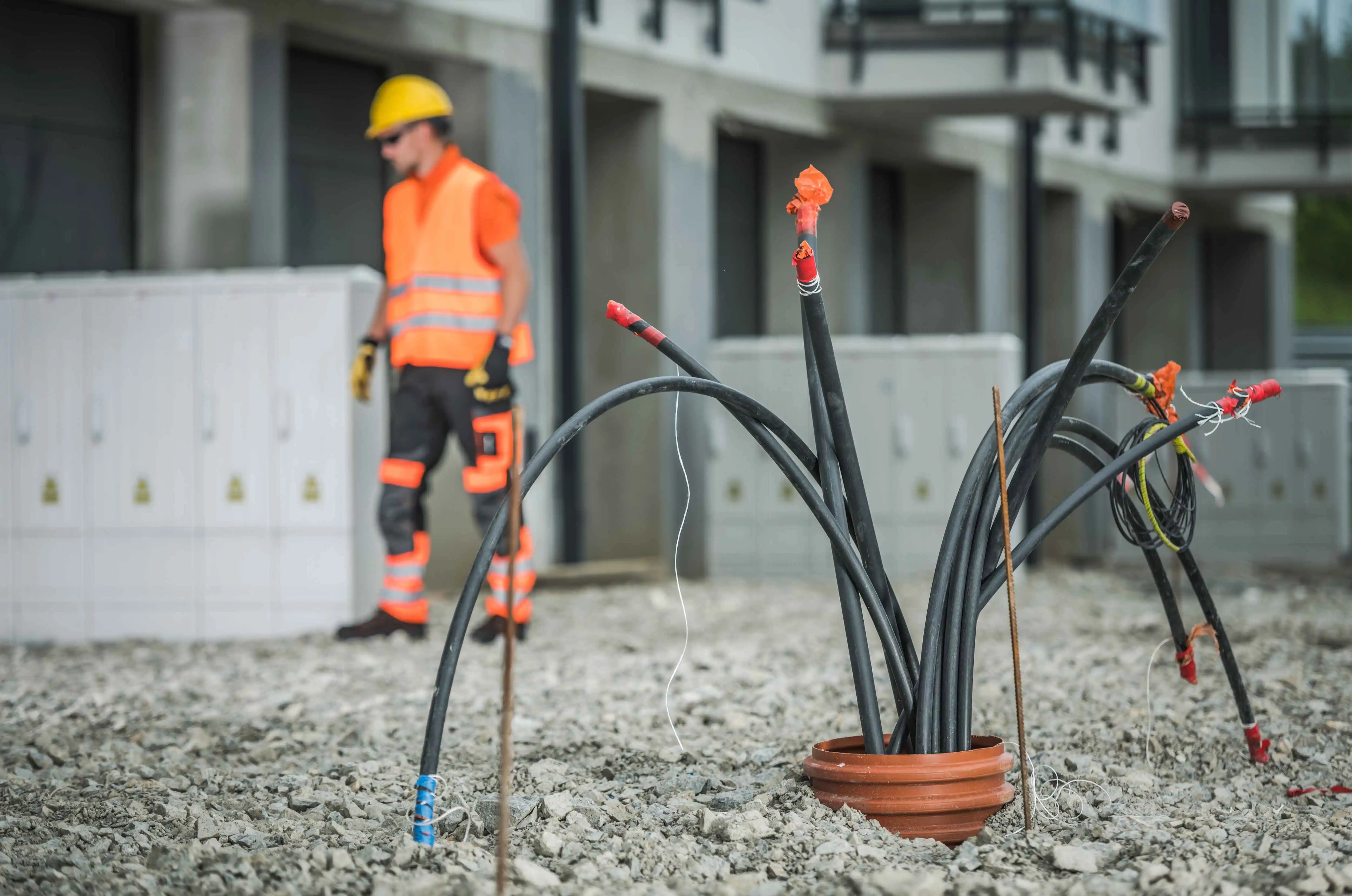In the intricate tapestry of electrical systems, two fundamental concepts stand as guardians of safety: earthing and grounding. As we embark on this enlightening journey, our goal is to dissect the intricacies surrounding these crucial elements, demystifying their roles and highlighting their significance in ensuring electrical safety.
Electrical systems, omnipresent in our modern lives, demand meticulous attention to safety measures. Earthing and grounding emerge as linchpins in this pursuit, forming the bedrock of protection against potentially hazardous electrical incidents. Understanding the nuances of these terms is not only prudent, but paramount for anyone interacting with or responsible for electrical infrastructure.
The Basics of Electrical Safety
Electrical safety is paramount in today’s technologically driven world, with earthing and grounding playing pivotal roles. Grounding establishes a direct connection between electrical equipment and the Earth, dissipating excess electrical charge to prevent damage and ensure stability. Earthing expands this safety net by providing a reference point for voltage levels, promoting system stability and individual safety.
Grounding primarily protects equipment by redirecting excess charge, while earthing ensures overall system stability and reliability. Together, they form a robust defense against electrical mishaps, requiring meticulous planning, adherence to standards, and regular maintenance for effective implementation. Grounding rods, conductive materials, and proper installation techniques are essential components of these safety measures.
Earthing vs. Grounding: Navigating the Terminological Maze
In the domain of electrical safety, the terms earthing and grounding are often intertwined, leading to confusion. To clarify their roles effectively, it’s essential to understand the distinctions between Earthing vs Grounding and their respective contributions to securing electrical systems.
Grounding establishes a direct path for electrical currents to flow into the Earth, primarily shielding equipment from voltage irregularities to prevent damage and ensure stable operations. On the other hand, earthing connects electrical systems directly to the ground, serving as a reference point for voltage levels and contributing to overall stability and reliability.
Regional variations in terminology can lead to confusion, with some regions treating grounding as encompassing both concepts, while others differentiate between equipment protection and system stability. Recognizing these differences is vital for effective communication in electrical engineering.
Practically, engineers implement grounding measures to protect equipment using rods, conductive materials, and strategic installations. Meanwhile, earthing takes a holistic approach, stabilizing the entire electrical system.
Grounding Deep Dive: Establishing a Solid Foundation
In the intricate domain of electrical safety, grounding emerges as a pivotal factor ensuring dependable and safe operations. This examination delves into the complexities of grounding, delineating its differentiation from earthing and accentuating its significance.
Grounding establishes a direct conduit for electrical currents to dissipate into the Earth, providing a stable benchmark for the system’s electrical potential. This mechanism stabilizes voltage and redirects surplus electrical charge away from equipment, primarily focusing on safeguarding individual system components.
The grounding procedure encompasses strategically positioning grounding electrodes or rods to enhance conductivity with the Earth, effectively dispersing excess electrical charge to mitigate voltage fluctuations. This proactive measure reduces the risk of equipment damage, electrical fires, and electric shock.
The distinction between earthing and grounding becomes apparent in their respective applications. While earthing adopts a comprehensive approach across entire systems, grounding concentrates on shielding individual devices, forming the cornerstone of system stability and resilience.
Establishing a robust grounding foundation demands meticulous planning and adherence to industry standards. Employing grounding rods, conductive materials, and correct installation practices is vital for an efficient grounding system, with regular inspections and testing ensuring its ongoing reliability.

Earthing Essentials
In the realm of electrical safety, earthing takes center stage as an essential component, intricately woven into the fabric of secure operations. This exploration into Earthing vs Grounding delves into the fundamental aspects of earthing, unraveling its significance and illuminating its role in establishing a robust safety net.
Earthing, synonymous with grounding in some regions, involves creating a direct connection between electrical systems and the Earth. This connection serves as a pivotal reference point for voltage levels within the system, offering stability and preventing fluctuations that could compromise the integrity of connected equipment. Unlike grounding, earthing takes a systemic approach, safeguarding the entire electrical infrastructure.
How Earthing Works?
The mechanics of earthing are rooted in the concept of providing a pathway for electrical currents to flow directly into the ground. This ensures that excess electrical charge is dissipated harmlessly, minimizing the risk of equipment damage and maintaining a steady electrical environment. Earthing acts as a guardian, not only protecting individual components but also fostering an overall sense of stability in the electrical system.
Earthing electrodes play a crucial role in facilitating this connection with the Earth. These electrodes, strategically placed, enhance conductivity, creating an efficient pathway for the dissipation of excess charge. By understanding the intricacies of the earthing process, professionals can implement effective strategies to fortify electrical systems against potential hazards.
Holistic Approach to Safety
The implementation of earthing involves a holistic approach, considering the entire electrical infrastructure. This comprehensive strategy encompasses design, analysis, installation, and ongoing maintenance. By adhering to industry standards and best practices, organizations can ensure the effectiveness of their earthing systems.
Recognizing the distinctions between Earthing vs Grounding is crucial during the implementation phase. While grounding primarily focuses on localized protection of equipment, earthing embraces a broader perspective, ensuring the stability and reliability of the entire electrical system. Professionals must navigate this terminological maze with precision to make informed decisions and optimize safety measures.
Installation and Maintenance Insights
Foundations of a Secure Connection
In the realm of electrical safety, Al Sabah General Electric takes the lead in providing comprehensive services for both the installation and maintenance of earthing and grounding systems. As we delve into the foundational elements of installation, it becomes evident that we play a pivotal role in ensuring a secure connection with the Earth. Amidst the nuances of “Earthing vs Grounding,” the practical side is seamlessly executed by the skilled professionals at Al Sabah, ensuring the proper establishment of these safety measures.
Installation Techniques for Grounding
Our expertise extends to the effective installation of grounding systems. With meticulous precision, our professionals utilize grounding rods and conductive materials strategically placed to optimize conductivity with the Earth. This process forms the bedrock for localized protection, ensuring the safety and longevity of individual pieces of equipment. We navigate the intricacies of grounding installation, adhering to industry standards to fortify the electrical infrastructure against potential hazards.
Comprehensive Earthing Strategies
Our commitment to excellence is evident in the comprehensive strategies employed for earthing. Beyond installation, they focus on design, analysis, and ongoing maintenance, emphasizing the importance of creating a stable reference point for voltage levels. Earthing electrodes, strategically positioned by Al Sabah’s professionals, play a pivotal role in facilitating an efficient pathway for excess charge dissipation. Our systemic approach considers the entire electrical infrastructure, ensuring a robust safety net.
Ongoing Maintenance for Sustained Safety
Our dedication extends beyond installation to encompass ongoing maintenance—a crucial facet in sustaining the effectiveness of earthing and grounding systems. Routine inspections and testing, conducted by our vigilant professionals, ensure the continued reliability of these safety measures. As we navigate the practicalities of installation and maintenance, it is Al Sabah’s expertise that reinforces the distinctions between Earthing vs Grounding, guiding professionals in making informed decisions for the continued security of electrical systems.
Through the meticulous techniques and ongoing vigilance,
Al Sabah General Electric ensures a robust connection with the Earth, safeguarding both individual equipment and the overall electrical infrastructure. This exploration into installation and maintenance insights underscores the importance of our proactive approach, ensuring the sustained safety and reliability of electrical systems.




